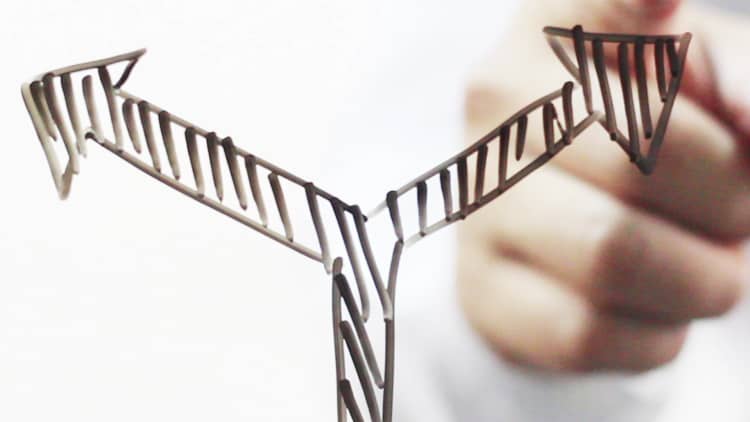When I moved to New York City two years ago on an intern's salary, my priority was staying afloat: making sure more money was coming in than going out, even if I was netting just $20 a month.
By my second year, I had gotten a couple of raises and was able to adjust my financial goals from "staying afloat" to actually saving and investing. But at the end of the day, I was only setting aside money in my company 401(K). The rest of my paycheck got eaten up by fixed costs, necessities and, of course, enjoying all that New York City has to offer.
Sure, sending a chunk of my paycheck into a retirement account was a good first step, but I realized there are bound to be bigger purchases down the road such as a car and home that also require savings.

To force myself to increase my savings rate and start chipping away at these specific savings goals, I started by opening a high-yield online savings account, which offers a generous one percent interest rate (compared to the 0.01 percent at most traditional big banks).
The next step was the most important one: I set up a recurring automatic transfer from my checking account to my high-yield savings account. So the first day of every month, the equivalent of 12 percent of my paycheck is automatically diverted.
All I had to do was link my Wells Fargo checking account to my savings account, then select an amount I wanted to transfer and how frequently I wanted the transfer to occur. Now, I never see that money, meaning I don't have the chance to spend it even if I want to.

As for the other 18 percent of my paycheck that I save, that's on autopilot too. Twelve percent goes directly to my 401(K) plan and another six percent is invested in a Roth IRA.
By making things automatic, I've essentially finagled my budget so that my savings goals are a fixed cost. I treat the money that goes into my Roth and high-yield savings account like I would rent or utilities — I have to set it aside every month — and that keeps me from skimping.
Putting my finances on auto-pilot has saved me time, stress and a ton of money. Besides checking in on my accounts once a week to make sure things are running smoothly, I barely think about my savings goals.

Plus, with the "set it and forget it" strategy, I know that I'm setting aside enough to reach my goals, so I don't feel guilty spending money that's leftover each month on $5 lattes or avocado toast.
Anyone can put their savings on autopilot. According to the "50-30-20 rule" of personal finance, you should aim to direct 50 percent of your income towards necessities, 30 percent towards discretionary spending and 20 percent towards saving, but you can start by automatically setting aside whatever percentage you're comfortable with. When the new year rolls around, or anytime you get a raise or bonus, you can always reconsider your savings goals and adjust appropriately.
What you may find, as I have, is that parting ways with a larger chunk of your paycheck isn't as hard as you may think. After all, if you never see that money, you learn to live without it.
Like this story? Like CNBC Make It on Facebook.
Don't miss: Personal finance expert: Do these 6 things to save an extra $700 per month



